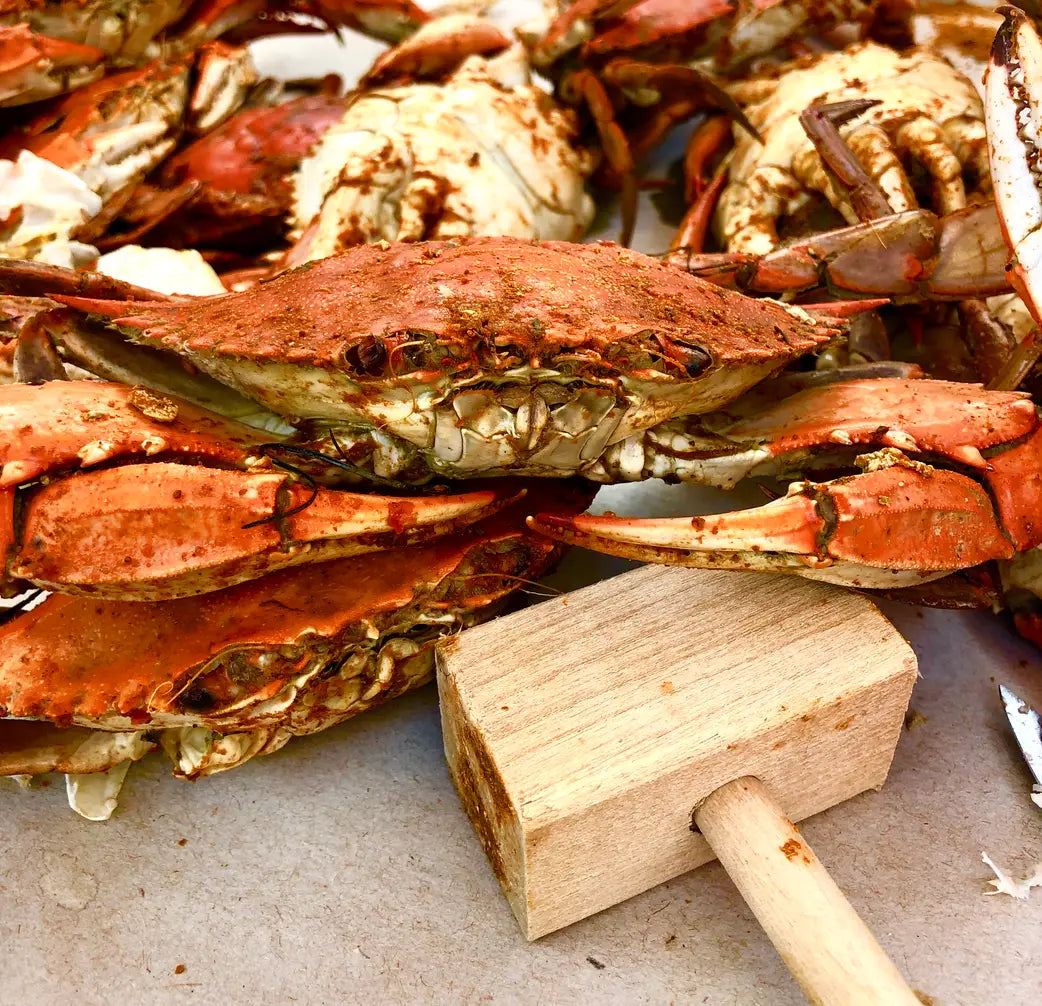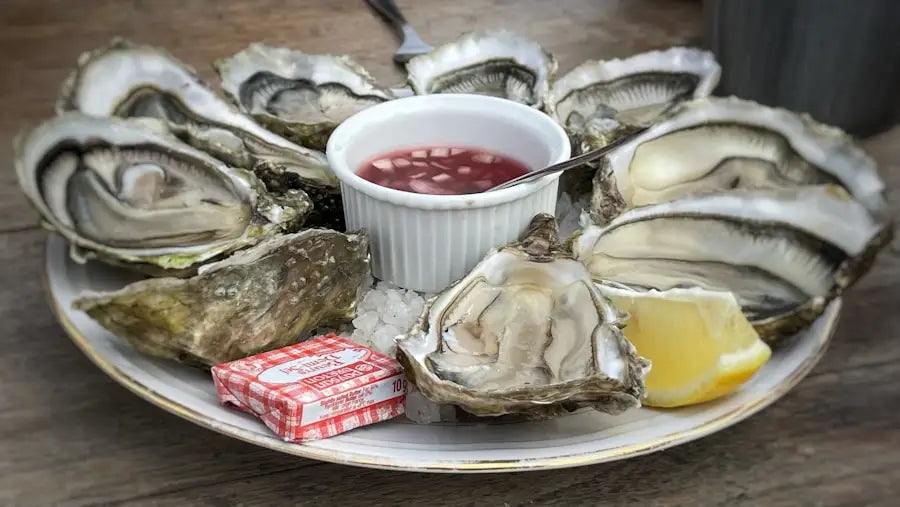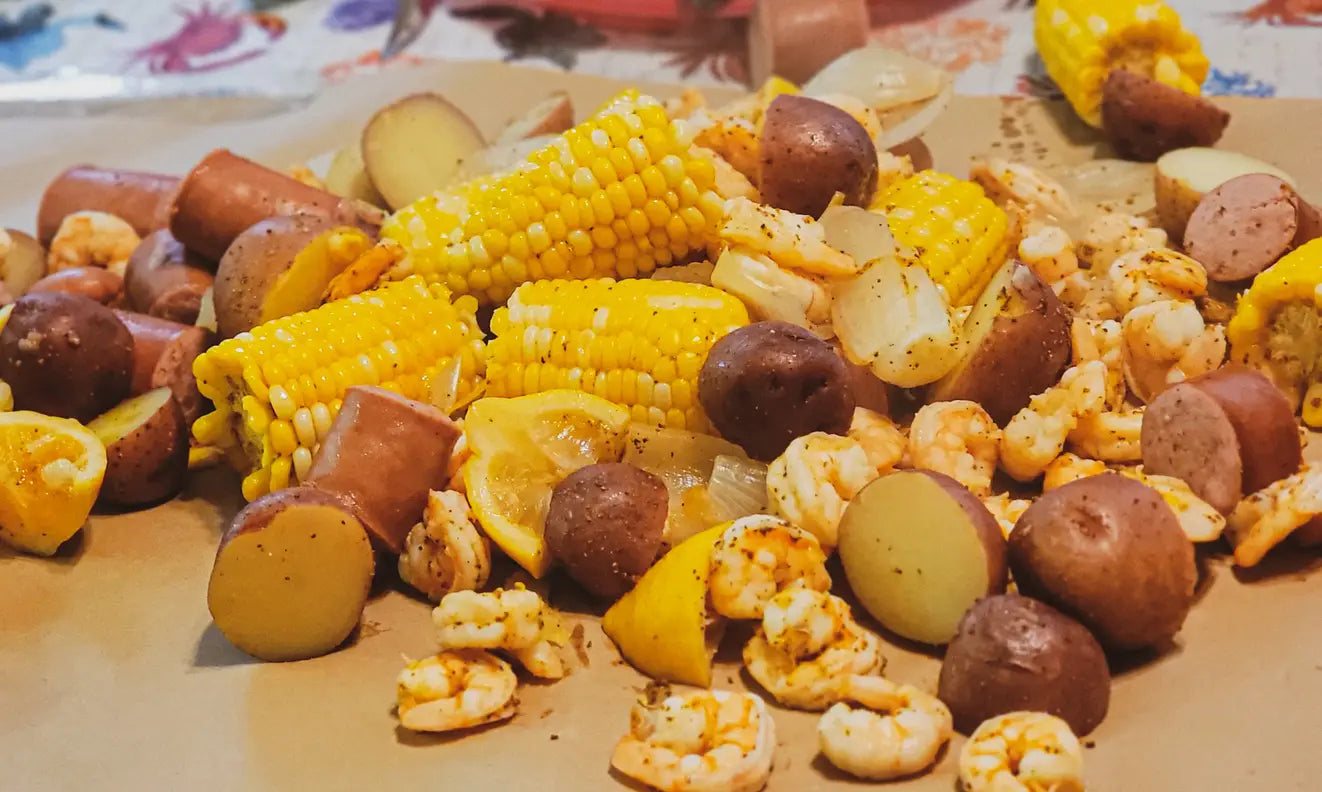
The Ultimate Checklist for Outdoor Seafood Cooking Success
Choosing the Right Seafood for Outdoor Cooking
When it comes to outdoor seafood cooking, the foundation of a great meal starts with selecting the right seafood. Freshness is key, as it directly impacts both flavor and texture. Look for seafood with a clean, ocean-like smell—anything overly fishy is a red flag. For fish, clear eyes, shiny scales, and firm flesh are indicators of freshness. Shellfish like clams and mussels should have tightly closed shells or close when tapped, while live crabs and lobsters should be active and lively.
Sustainability is another crucial factor to consider. Overfishing and unsustainable practices can harm marine ecosystems, so opt for seafood certified by organizations like the Marine Stewardship Council (MSC) or the Aquaculture Stewardship Council (ASC). Local seafood markets often provide information about the origins of their products, making it easier to make eco-friendly choices.
Different types of seafood lend themselves to specific outdoor cooking methods. Firm fish like salmon, tuna, or swordfish are ideal for grilling because they hold their shape well. Delicate fish like flounder or sole are better suited for foil packets to prevent them from falling apart. Shellfish such as shrimp, scallops, and lobster tails are versatile and can be grilled, boiled, or skewered. For seafood boils, opt for hearty options like shrimp, crab, crawfish, or clams that can withstand the high heat and extended cooking times.
Essential Tools and Equipment for Outdoor Seafood Cooking
Having the right tools can make or break your outdoor seafood cooking experience. A sturdy grill is a must-have for grilling fish and shellfish, while a smoker can add a rich, smoky flavor to your dishes. For seafood boils, a large, durable pot with a strainer basket is essential. Skewers—either metal or pre-soaked wooden ones—are perfect for grilling shrimp or scallops.
Optional gadgets can elevate your cooking game. Seafood crackers and picks are indispensable for crab and lobster feasts, while fish baskets make flipping delicate fillets a breeze. A reliable food thermometer ensures your seafood is cooked to the perfect temperature, reducing the risk of overcooking. For those who enjoy cooking on the go, portable grills and collapsible pots are excellent choices for camping or beachside meals.
Durability and portability are key considerations when selecting equipment for outdoor use. Stainless steel tools resist rust and are easy to clean, while compact, lightweight options are ideal for travel. Don’t forget essentials like heat-resistant gloves, tongs, and a sturdy spatula to handle your seafood safely and efficiently.
Prepping Your Seafood for Outdoor Cooking
Proper preparation is essential to bring out the best in your seafood. Start by cleaning your seafood thoroughly. Rinse fish fillets under cold water and pat them dry with paper towels. For shellfish, scrub the shells and remove any beards from mussels. Devein shrimp and remove the shells if desired, leaving the tails on for easier handling.
Marinating is a great way to infuse flavor into your seafood. A simple marinade of olive oil, lemon juice, garlic, and herbs works well for most types of seafood. For a more robust flavor, try soy sauce, ginger, and sesame oil. Be mindful not to marinate delicate seafood for too long, as the acid can break down the flesh.
To prevent sticking, brush your seafood with oil before placing it on the grill. For delicate fillets, consider using foil packets or a fish basket. Pre-soaking wooden skewers in water for at least 30 minutes prevents them from burning on the grill. If you’re boiling seafood, prepare a flavorful broth with spices, garlic, and citrus to enhance the taste.
Mastering Outdoor Cooking Techniques for Seafood
Outdoor seafood cooking offers a variety of techniques, each with its own unique flavor profile. Grilling is one of the most popular methods, providing a smoky char that complements the natural sweetness of seafood. Preheat your grill to medium-high heat and oil the grates to prevent sticking. Place firm fish directly on the grill, while delicate fillets can be cooked in foil packets. Shrimp and scallops cook quickly, so keep an eye on them to avoid overcooking.
Smoking is another excellent option, especially for fish like salmon or trout. Use wood chips like hickory, apple, or cherry to add depth to the flavor. Maintain a low, steady temperature and allow the seafood to absorb the smoky aroma.
For seafood boils, bring a large pot of seasoned water to a rolling boil. Add your seafood in stages, starting with the items that take the longest to cook, such as potatoes and corn, followed by shellfish. Steaming is a gentler method that preserves the natural flavors of seafood. Use a steamer basket and cook over simmering water until the seafood is tender and cooked through.
Avoid common mistakes like overcooking, which can make seafood rubbery. Use a thermometer to check for doneness—fish should reach an internal temperature of 145°F, while shellfish should be opaque and firm.
Pairing Seafood with Sides and Sauces
A well-rounded outdoor seafood meal isn’t complete without the perfect sides and sauces. Grilled vegetables like zucchini, asparagus, and bell peppers pair beautifully with seafood, adding a smoky, charred flavor. Corn on the cob, seasoned with butter and spices, is a classic accompaniment for seafood boils. Fresh salads with citrus vinaigrettes provide a refreshing contrast to rich, buttery seafood dishes.
Sauces can elevate your seafood to new heights. Garlic butter is a timeless favorite, while aioli adds a creamy, garlicky kick. For a zesty twist, try chimichurri or a mango salsa. Balance flavors by pairing rich sauces with lighter seafood and vice versa. For example, a tangy lemon-dill sauce complements grilled salmon, while a spicy Cajun remoulade pairs well with shrimp.
Safety Tips for Outdoor Seafood Cooking
Food safety is paramount when handling seafood. Always store raw seafood on ice or in a cooler until you’re ready to cook. Avoid cross-contamination by using separate cutting boards and utensils for raw and cooked seafood. Wash your hands thoroughly after handling raw seafood.
Cook seafood to safe internal temperatures to eliminate harmful bacteria. Use a food thermometer to ensure fish reaches 145°F and shellfish is fully cooked. Discard any shellfish that do not open during cooking, as they may be unsafe to eat.
Fire safety is equally important. Keep a fire extinguisher or a bucket of water nearby when grilling or boiling. Use long-handled tools to avoid burns, and never leave your cooking station unattended.
Pro Tips for Your Outdoor Seafood Cooking Game
Take your outdoor seafood cooking to the next level with a few expert tips. Experiment with wood chips like mesquite or alder to add unique smoky flavors to your dishes. Try marinating seafood in coconut milk, lime juice, and spices for a tropical twist.
Presentation matters, especially when hosting guests. Arrange your seafood on a platter with garnishes like lemon wedges, fresh herbs, or edible flowers for a visually stunning display. Use colorful serving dishes to enhance the overall aesthetic.
Hosting a seafood cookout requires careful planning. Prepare a variety of seafood options to cater to different tastes and dietary preferences. Set up a self-serve station with sauces, sides, and utensils to make it easy for guests to customize their plates.
Troubleshooting Common Outdoor Seafood Cooking Challenges
Outdoor seafood cooking isn’t without its challenges, but most issues can be resolved with a little know-how. If your seafood sticks to the grill, ensure the grates are well-oiled and preheated. For uneven cooking, use indirect heat or move the seafood to a cooler part of the grill.
Lack of flavor can be addressed by marinating your seafood or using a spice rub. If you accidentally overcook your seafood, try salvaging it by incorporating it into a salad or pasta dish with a flavorful sauce.
Cleaning Up After Outdoor Seafood Cooking
Cleaning up after an outdoor seafood feast doesn’t have to be a chore. Dispose of seafood scraps responsibly by composting or sealing them in a bag to prevent odors. Clean your grill grates while they’re still warm using a wire brush, and wash pots and utensils with hot, soapy water.
For eco-friendly cleanup, use biodegradable soap and avoid leaving any trash behind. Wipe down surfaces and pack up your equipment to ensure your outdoor space is ready for your next adventure.


